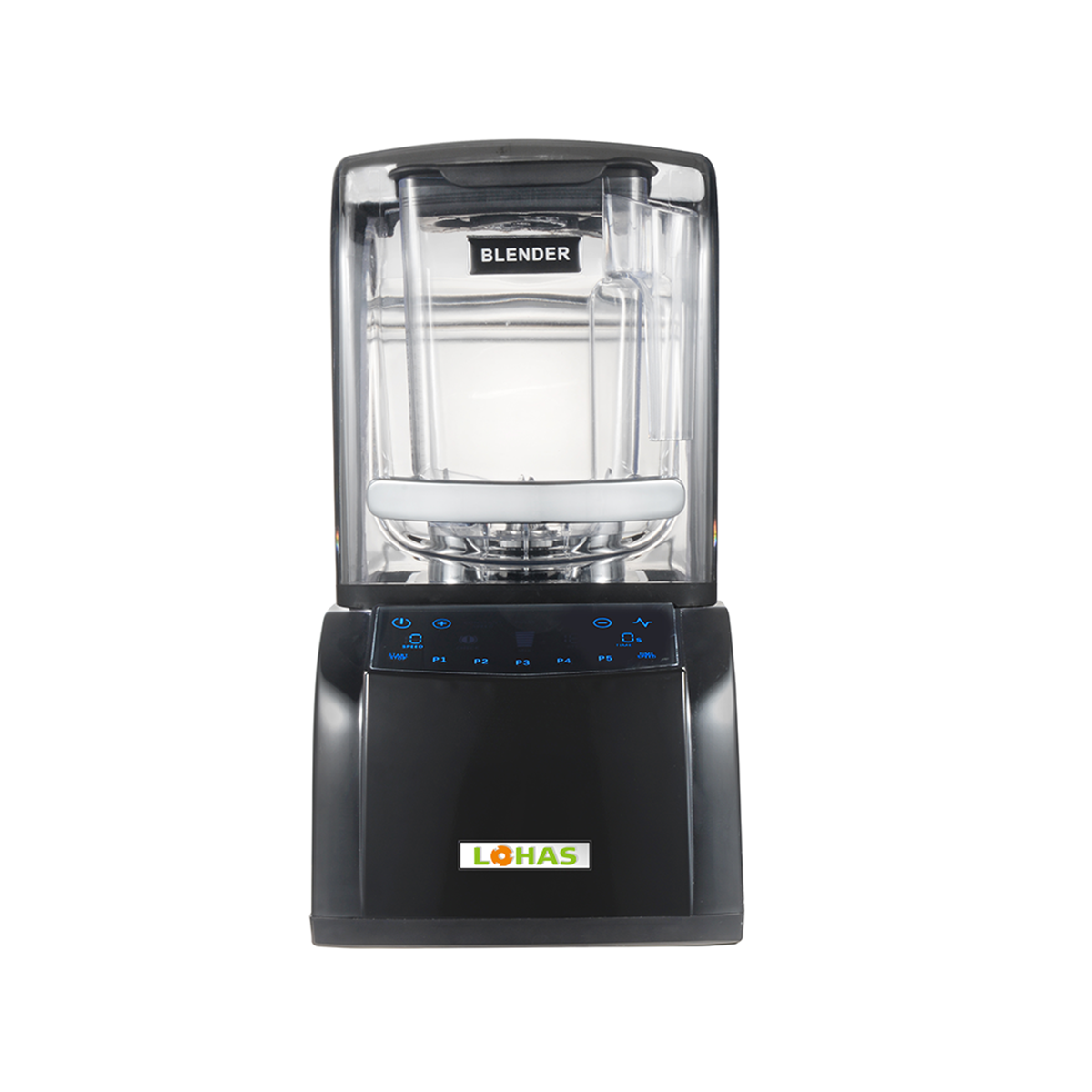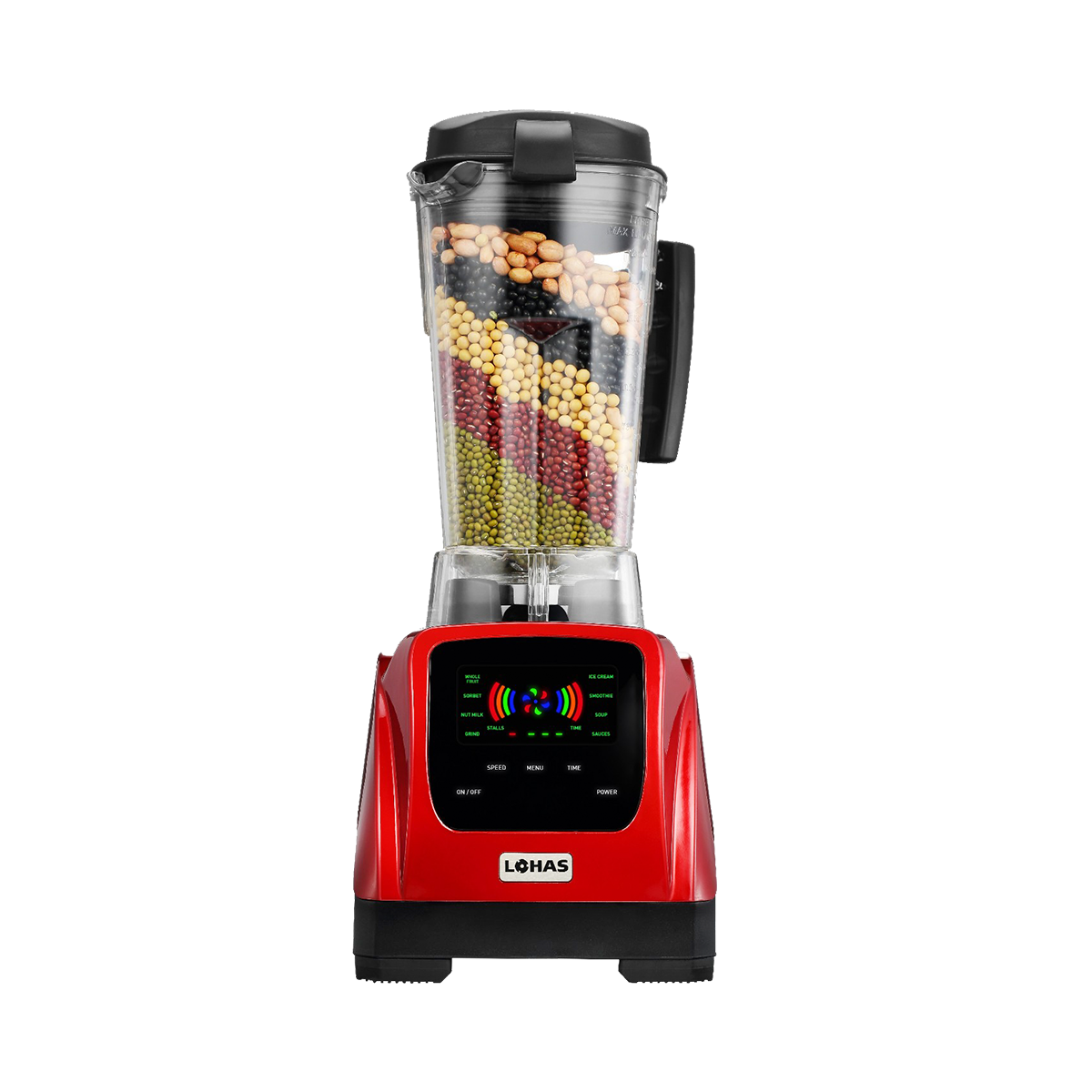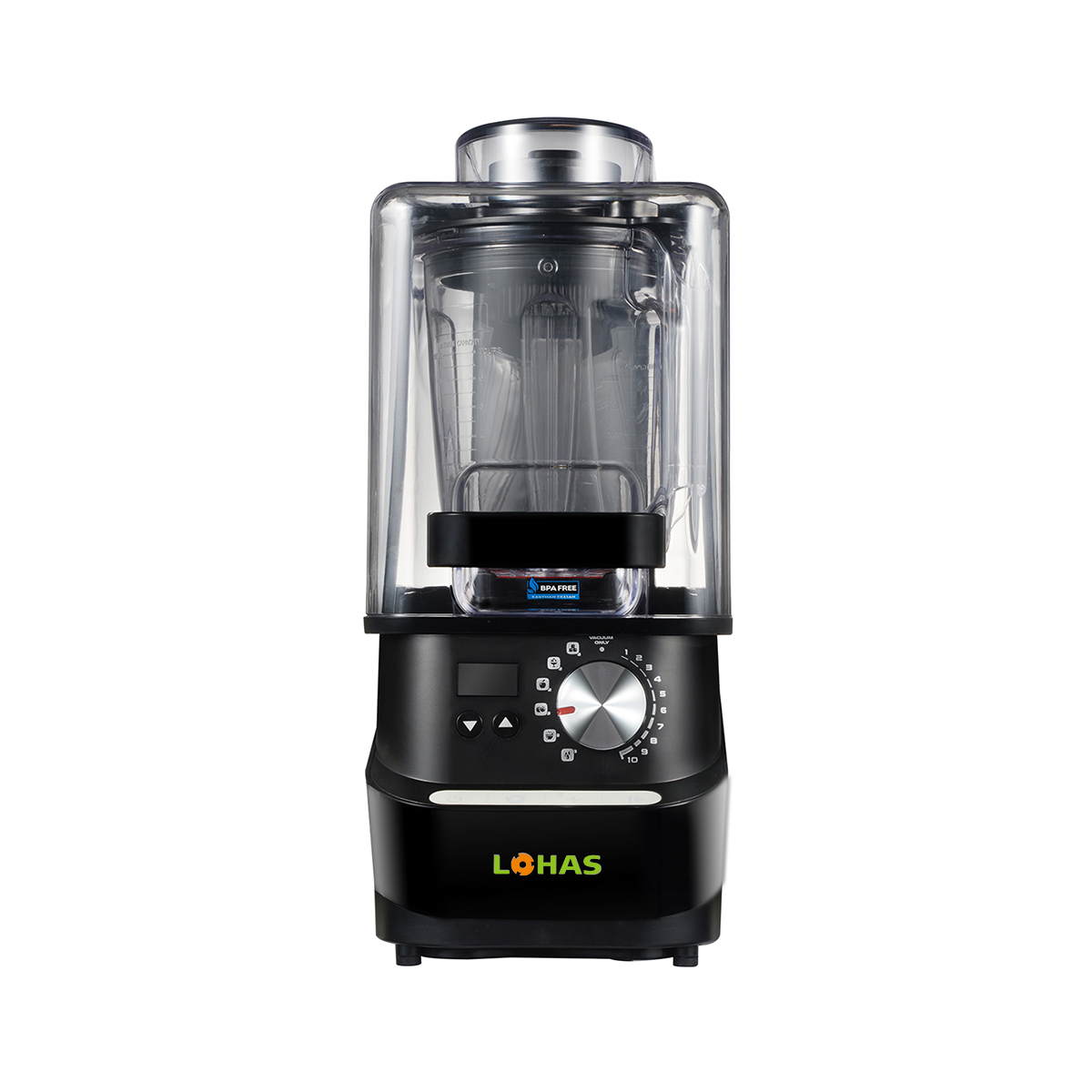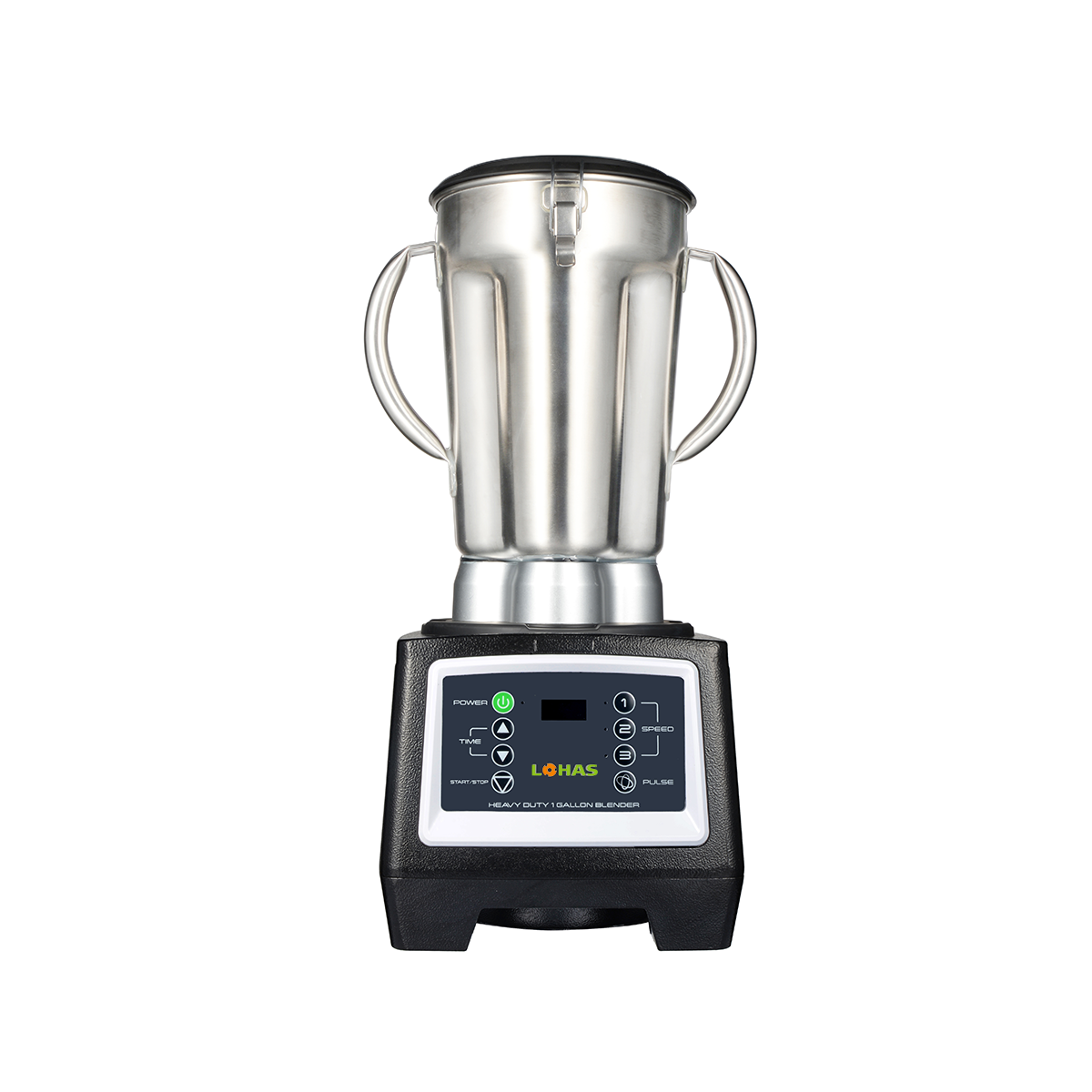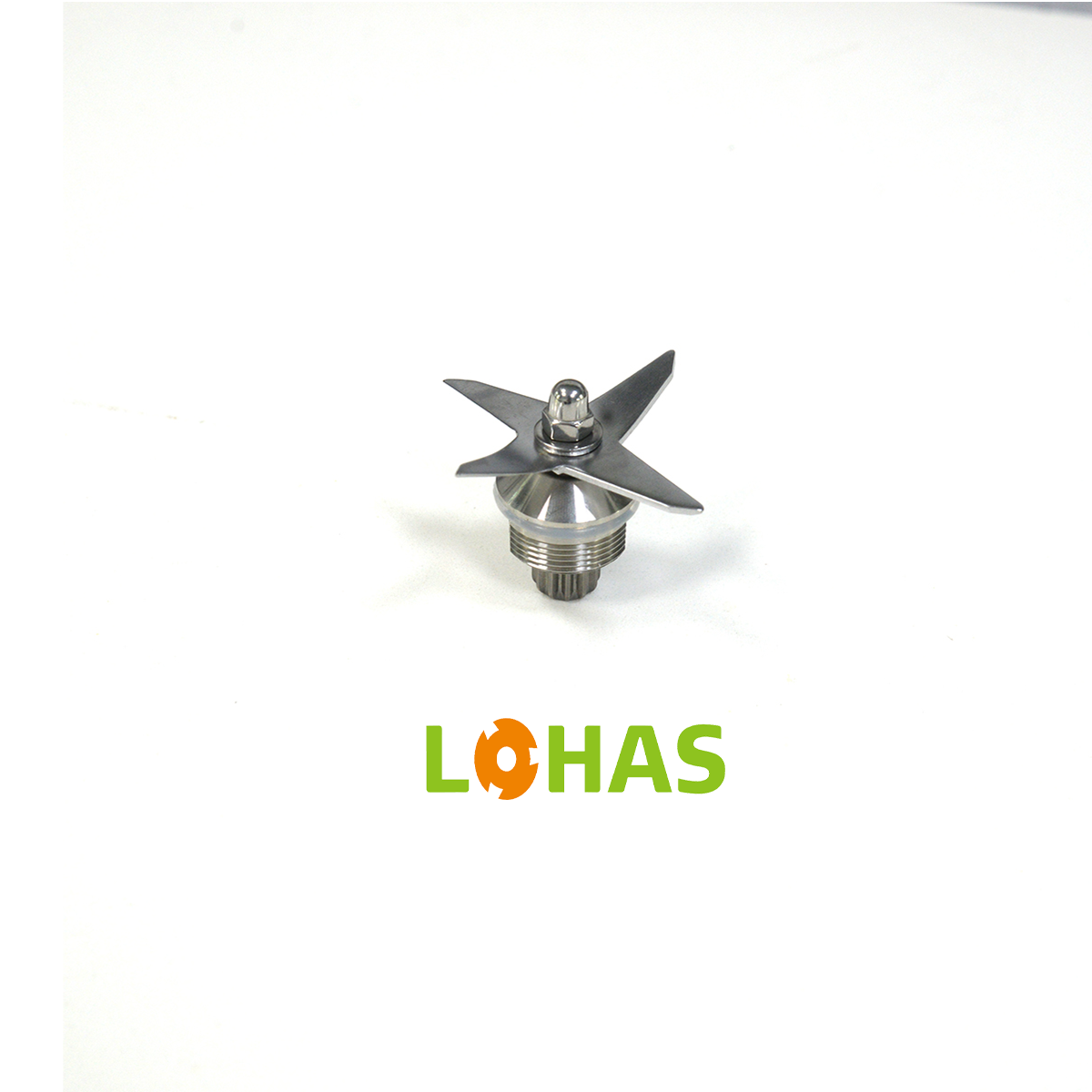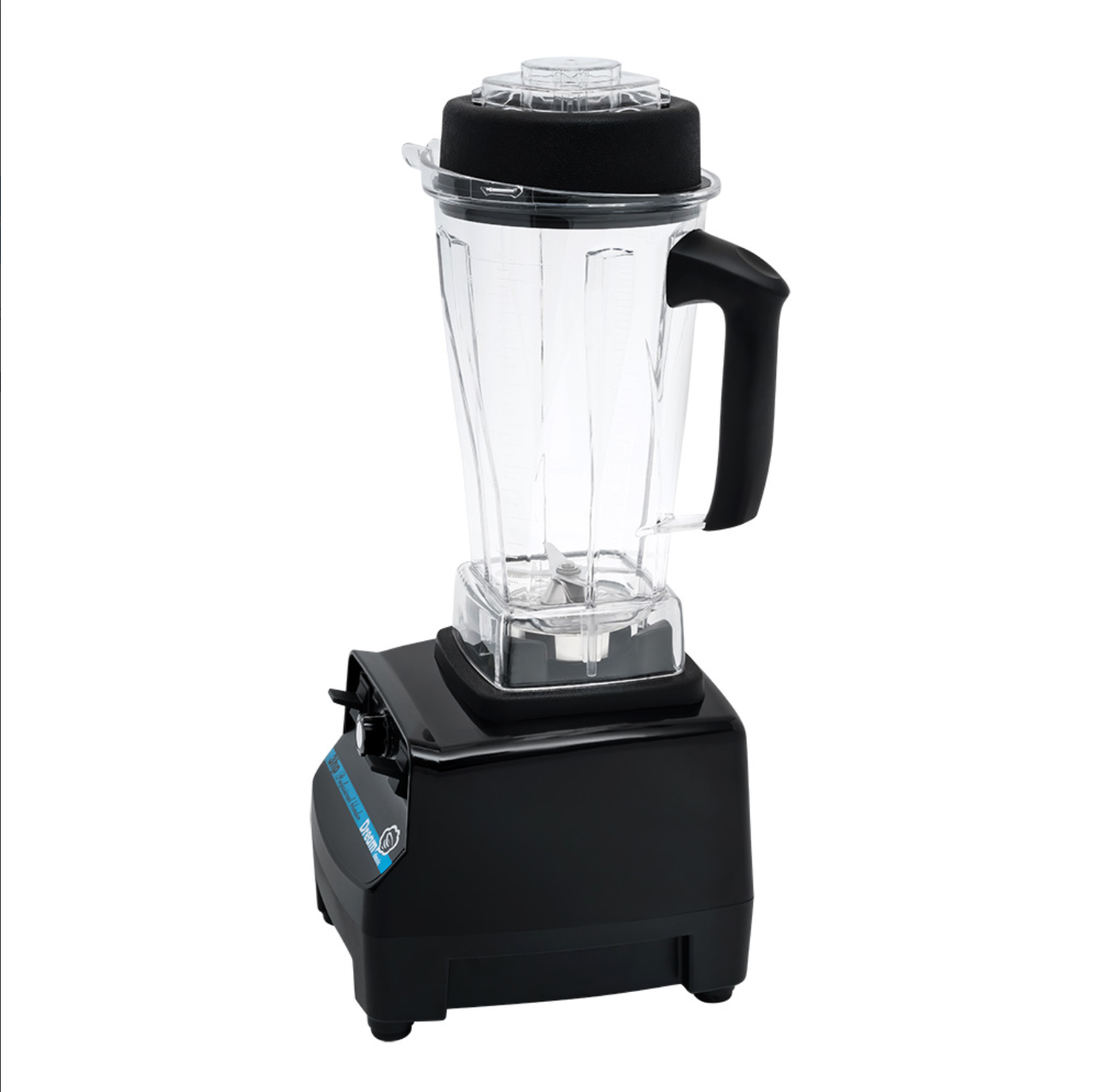The Sustainable Revolution in Kitchen Tools
In an era where environmental consciousness meets culinary innovation, manual blenders have emerged as a beacon of sustainable kitchen practices. These ingenious tools represent a perfect harmony between functionality and eco-responsibility, offering home cooks and professional chefs alike a way to prepare their favorite dishes while minimizing their carbon footprint. As we delve deeper into the world of manual blenders, we'll discover how these simple yet effective devices are transforming our approach to food preparation.
The beauty of manual blenders lies in their straightforward design and operation. Unlike their electric counterparts, these tools rely purely on human power, eliminating the need for electricity while delivering impressive results. This fundamental characteristic makes them not just environmentally friendly but also incredibly reliable and durable, often lasting for decades with proper care.
Environmental Benefits of Manual Food Processing
Zero Energy Consumption
Manual blenders stand out in the kitchen appliance landscape for their complete independence from electrical power. This zero-energy approach to food processing means no electricity bills and, more importantly, no contribution to carbon emissions from power consumption. Whether you're preparing a morning smoothie or creating a homemade sauce, manual blenders operate solely on human power, making them a truly green choice for environmentally conscious cooks.
The impact of choosing manual blenders extends beyond individual household energy savings. When multiplied across thousands of households, the reduction in energy consumption becomes significant. Consider that an electric blender typically consumes between 300-1000 watts per use, while manual blenders require zero electrical input, resulting in substantial energy savings over time.
Reduced Electronic Waste
One of the most compelling environmental advantages of manual blenders is their contribution to reducing electronic waste. Unlike electric blenders that often end up in landfills due to motor burnout or electrical failures, manual blenders have fewer components that can malfunction. Their mechanical nature means they're not subject to the same obsolescence that plagues many modern kitchen appliances.
The simplicity of manual blenders also means they're typically made with fewer materials, particularly fewer plastic components and no electronic parts. This reduced material usage in manufacturing results in a smaller environmental impact from production to disposal.
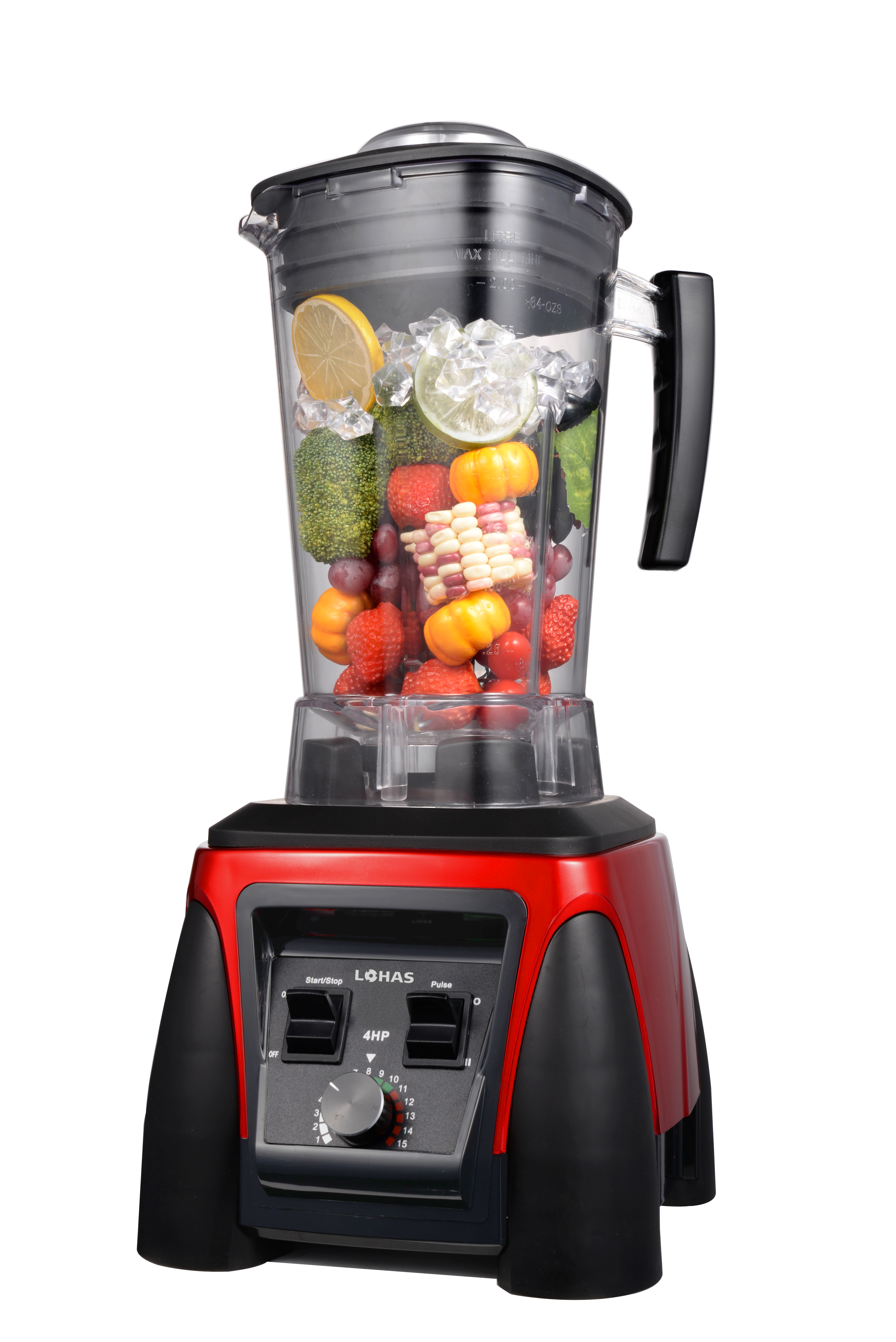
Maintenance and Longevity Features
Simple Cleaning Process
The maintenance of manual blenders is remarkably straightforward, primarily due to their uncomplicated design. Most models can be easily disassembled for thorough cleaning, with components that are dishwasher safe or simple to hand wash. Unlike electric blenders where water exposure can damage the motor unit, manual blenders can be completely submerged for cleaning without concern.
Regular maintenance typically involves nothing more than a quick rinse after use and occasional deep cleaning of the blade assembly. The absence of electrical components means there's no risk of water damage, making the cleaning process both safer and more thorough.
Durability and Repair
Manual blenders are built to last, with many models featuring robust materials like stainless steel and high-grade plastics. Their mechanical nature means fewer parts that can wear out or break, and those that do can often be easily replaced. This repairability is a stark contrast to many electric appliances that are designed to be replaced rather than fixed when problems arise.
The durability of manual blenders is further enhanced by their resistance to common issues that plague electric models, such as motor burnout or electrical failures. With proper care, a quality manual blender can serve a kitchen for generations, making it both an economical and sustainable choice.
Practical Applications and Versatility
Culinary Capabilities
Despite their simple design, manual blenders are surprisingly versatile in their applications. From chopping vegetables to creating smooth purées, these tools can handle a wide range of kitchen tasks effectively. The manual control allows for precise texture adjustment, making them ideal for everything from rough-chopped salsas to finely minced herbs.
The direct control offered by manual blenders often results in better texture control compared to electric models, where high-speed motors can quickly over-process ingredients. This makes manual blenders particularly valuable for delicate tasks where maintaining ingredient integrity is crucial.
Off-Grid Applications
The independence from electrical power makes manual blenders invaluable in numerous scenarios. They're perfect for outdoor cooking, camping trips, or areas with limited access to electricity. In emergency situations or during power outages, manual blenders continue to function normally, ensuring food preparation can continue uninterrupted.
These tools also excel in professional kitchens as reliable backups or in food trucks where power access might be limited. Their portability and reliability make them essential tools for mobile food preparation scenarios.
Frequently Asked Questions
How long do manual blenders typically last?
With proper care and maintenance, manual blenders can last for decades. Their simple mechanical design and high-quality materials contribute to exceptional longevity, often outlasting multiple electric blenders.
What types of food can be processed in a manual blender?
Manual blenders can handle a wide variety of ingredients including vegetables, fruits, herbs, nuts, and cooked foods. They're particularly effective for creating salsas, pestos, purees, and chopped salads, though they may require more effort for very hard ingredients.
Are manual blenders suitable for commercial kitchen use?
Manual blenders can be excellent additions to commercial kitchens, especially for specific tasks where precise control is needed or as reliable backups. Their durability and consistency make them valuable tools in professional settings, particularly for small-batch preparations.
How do you maintain the sharpness of manual blender blades?
To maintain blade sharpness, always clean the blades immediately after use, avoid processing extremely hard ingredients, and store the blender properly. Many manual blenders come with replaceable blade assemblies, and professional sharpening services can extend their life even further.

